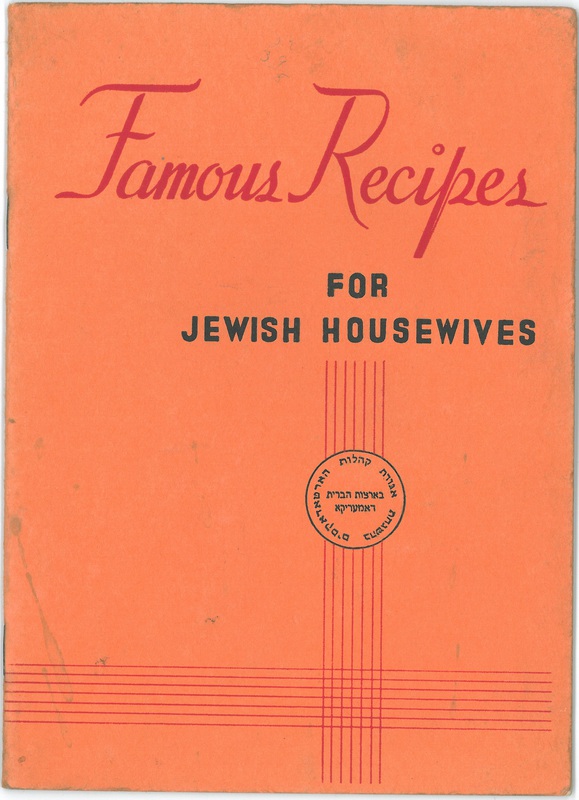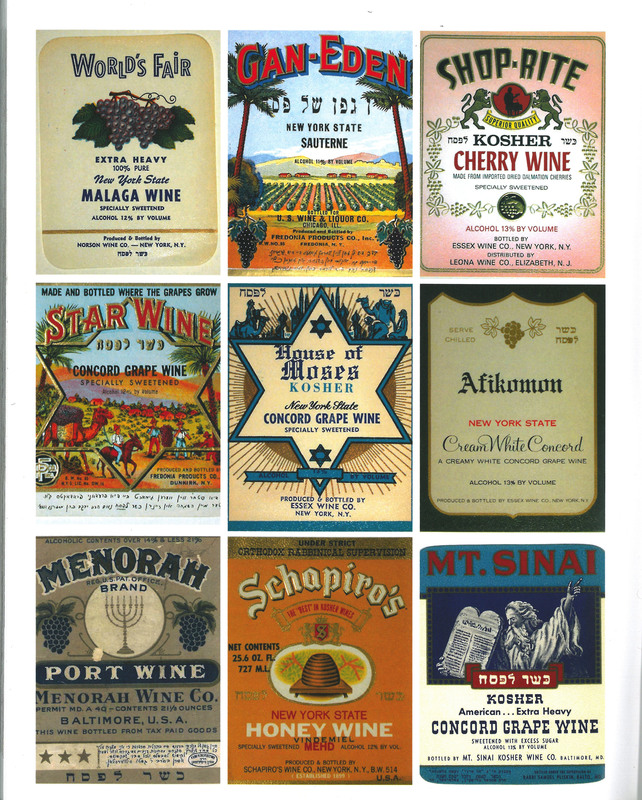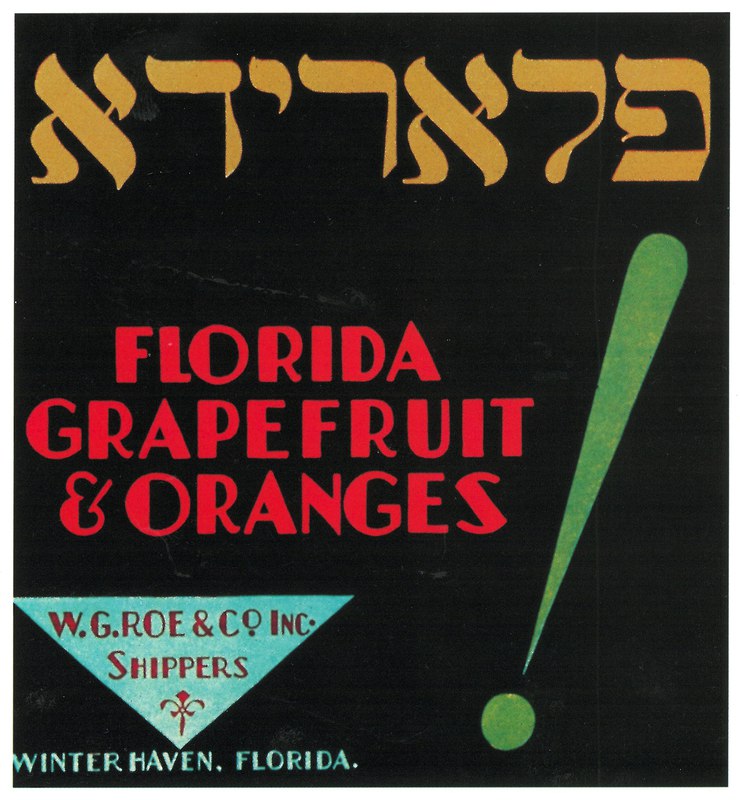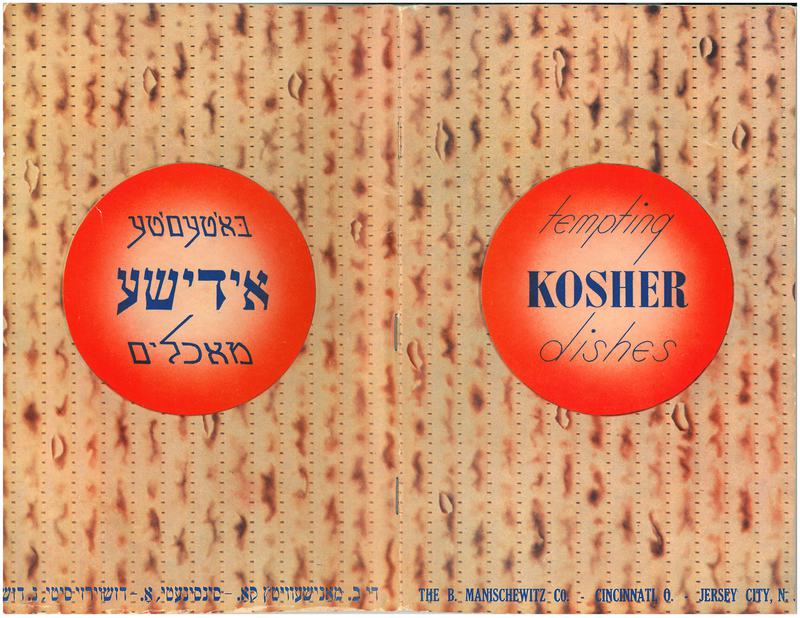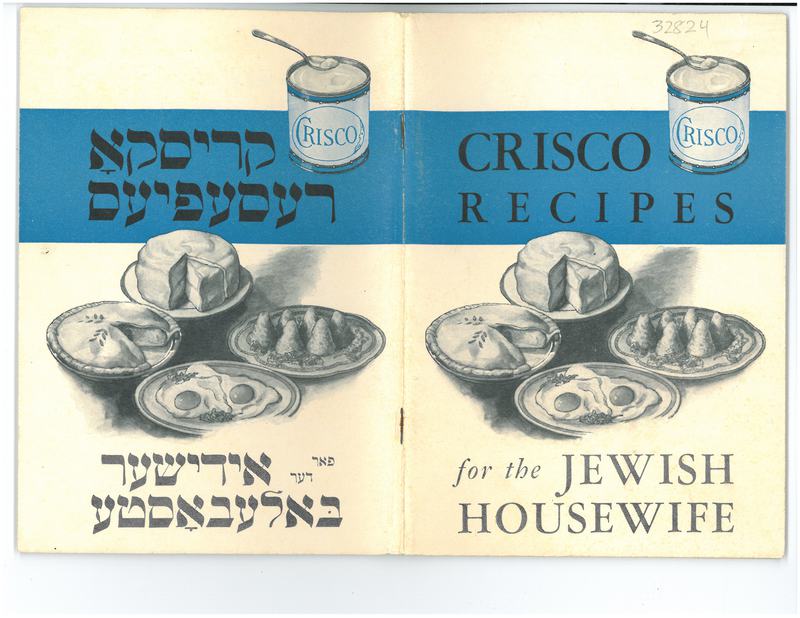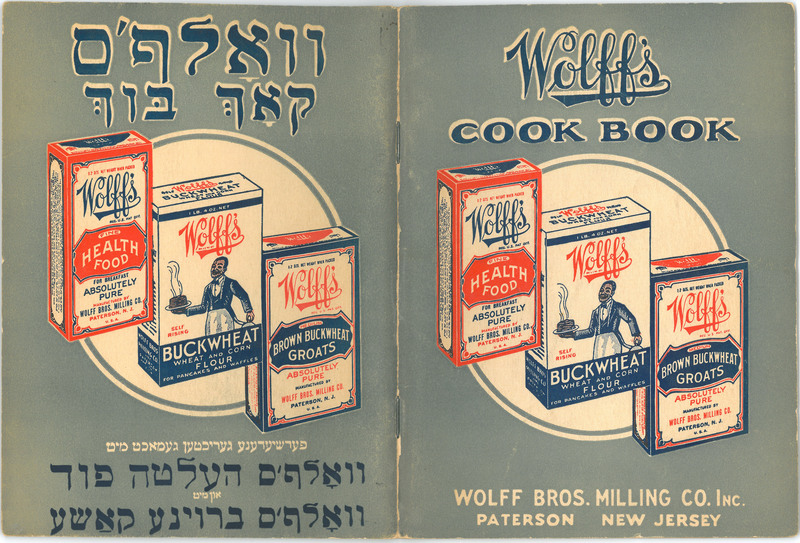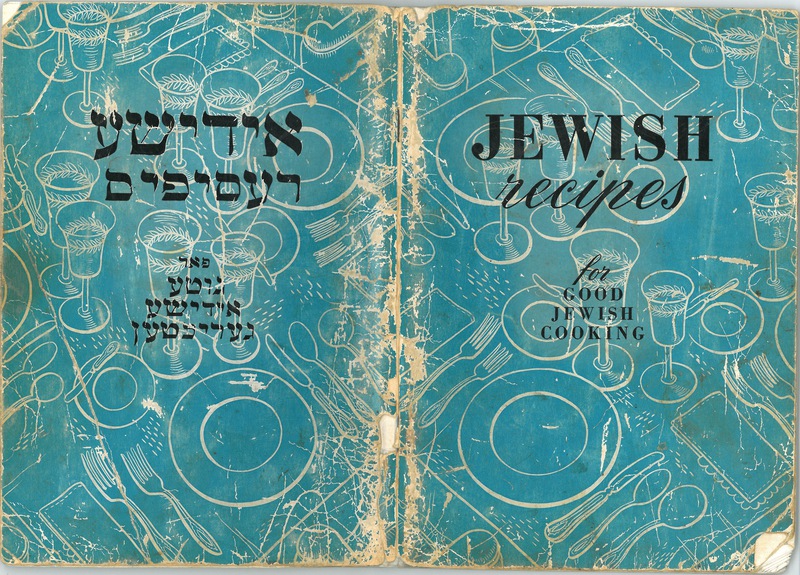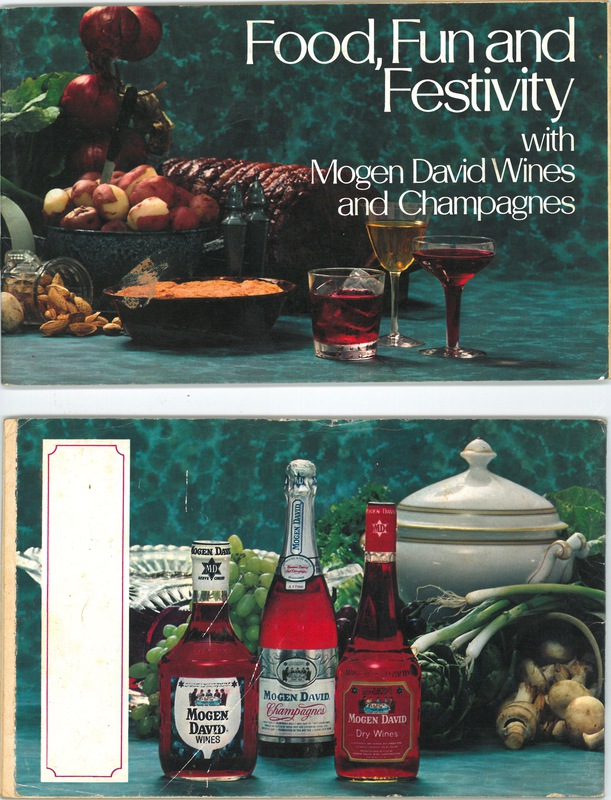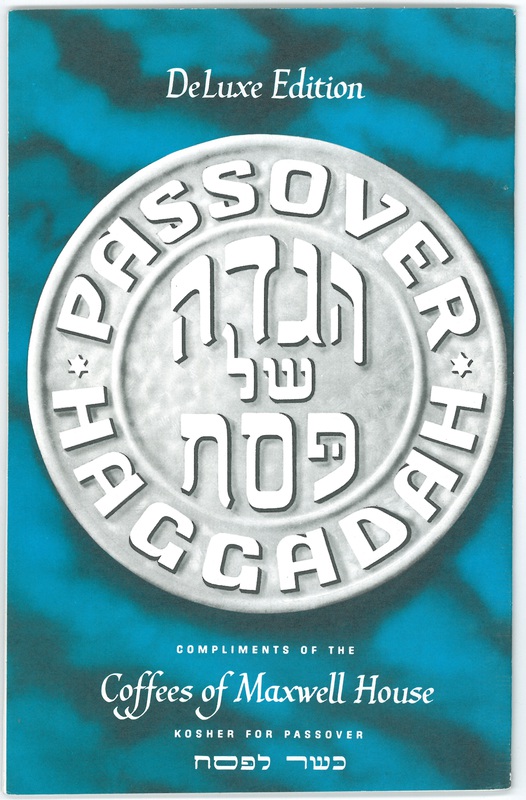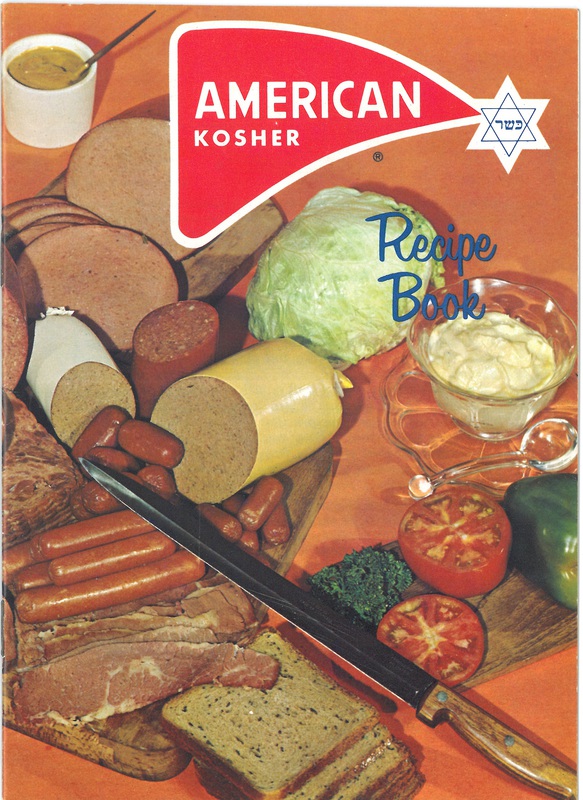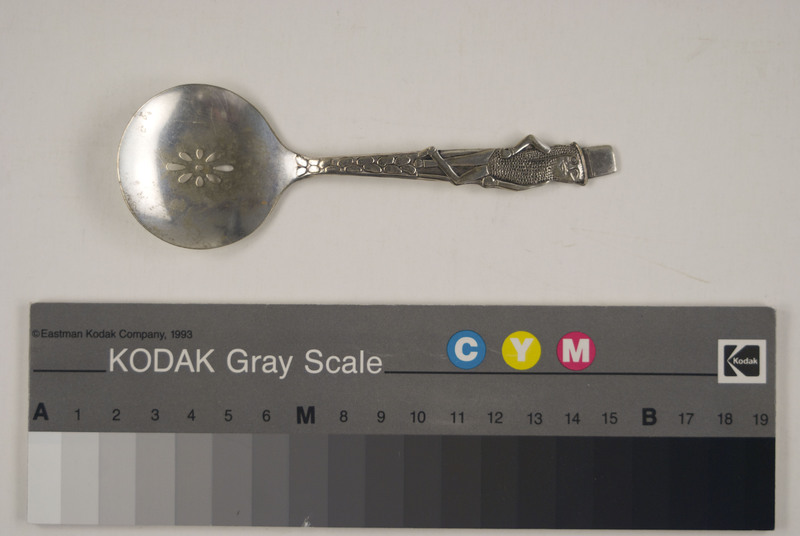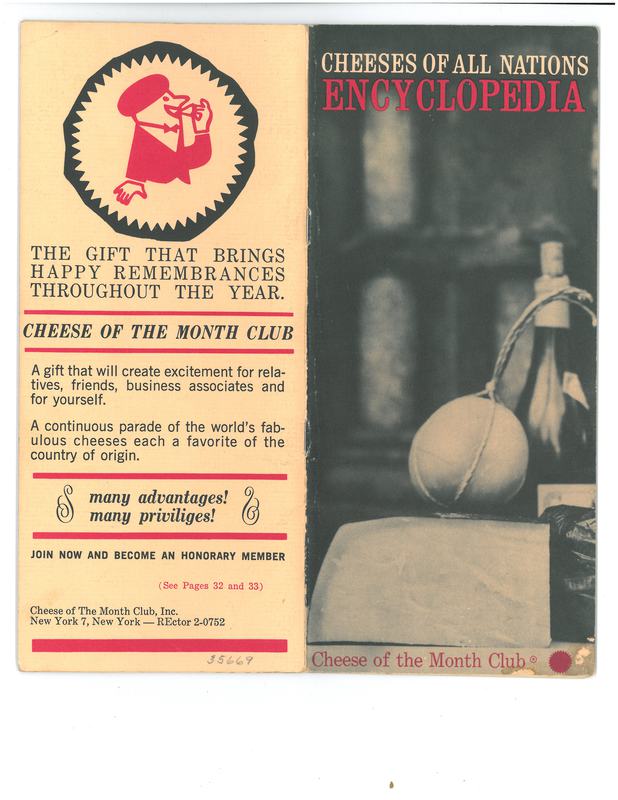Culinary Ephemera
Advertisements
The Advertising Ephemera section is one of the more exciting elements of this exhibit as most people have experienced some of these items before. There has been such a rich and exciting history of American companies marketing their Jewish products that choosing these items, and not others, was very difficult. We hope that these items present a representative picture of the extensive advertising that American companies did to sell Jewish products and products to Jews.
Bilingual
These items represent some of the bilingual ephemera produced by American companies and industries. By 1924, there were over 2.5 million Jewish immigrants recently arrived in America, most of whom were literate in Yiddish and not much else. In addition to the settlement societies and local organizations that helped assimilate people into American society, these items offered immigrants the opportunity to engage with the American marketplace, to cook with their English speaking children, and to learn modern foodways.
Many of these items are Yiddish-English cookbooks where recipes are offered in both languages. This allowed housewives to learn how to cook with new products (e.g. Crisco vegetable shortening, peanut oil, and factory-made matzo) and to make American foods. Rather than kugels and tortes, these cookbooks provide recipes for puddings, pies, and cakes. Transliterated in Yiddish, consumers were able to explain their foods in the new Yankee tongue, taking pride in their American identity in lieu of their immigrant past.
Wine
Wine has historically been a very important part of the Jewish diet. The Torah provides specific instructions for the caring of one's vineyards and the sacrificial requirements of wine. Furthermore, Jewish law has nuanced details about how wine can be produced and the strict regulations over how and when it can be considered kosher (or treyf).
It was very important for Jews in America, as in the rest of the world, to have a reliable source of kosher wine for use during holidays and other festivities. Traditionally, wine was made by individuals in their own homes (as attested by recipes and memoirs), but with the growth of industry and value-added food purveyors, a market for kosher wine was created. Traditionally, these wines were very sweet sacramental wines (like today's Manischewitz and other concord grape wines) and were generally sold exclusively in the Jewish community.
Today, the kosher wine business in America is huge. In addition to the very sweet concord reds, there are scores of kosher bottles that are seemingly indistinguishable from their non-certified counterparts.
Passover
It should be impossible to talk about Passover in America without mentioning the Maxwell House Haggadah. First published in 1932 by the Maxwell House Coffee Co., this item has gone through dozens of revisions and endless printings to become the de facto basis upon which the modern American seder (Passover service) is produced. More American Jews have used a Maxwell House Haggadah than have not.
If this does not indicate the power of advertising and the intimate linkages established between American food companies and the American consuming habits, then very little else will. Passover is a big business for American companies as observant Jews are even more limited in what they are able to consume for this eight-day holiday. Manischewtiz and Kedem are two of the largest Passover brand names, but there are hundreds more, and it is growing every year.
One of the more interesting Passover developments in America has been the role of peanuts during this holiday. Native to the Americas, this crop was not widely accessible to Jews until the 18th century. Because it was not a food traditionally forbidden during Passover, many rabbis declared it acceptable to eat. Planters Peanuts and Planters Edible Oil Co. capitalized on this and began marketing their peanut oil as an ideal substitute during this holiday. Recently, peanuts have been deemed unacceptable by almost all traditionally observant Ashkenazi rabbis, which has led to an exponential drop in peanut oil sales amongst Jews.
Kitchen Staples
Jewish foods have made an indelible mark on the American culinary landscape. Possibly none more ubiquitous than the bagel, Jewish food has transformed American eating habits in subtle and overt ways. No longer a Jewish food, but still largely connected to Jewish foodways and culture in New York City, the American bagel has lost much of its Polish heritage, its pre-bake boil, and its very short shelf life.
In addition to bagels, kosher meats, like American Kosher (and Hebrew National) have become household names and subsidiaries of American corporations like Kraft and Unilever. The kosher certification has come to mean much more to the American people than simply a Jewish food: it has come to represent purity and is often understood as healthier than its alternatives.
Kosher and Jewish foods are now available all over the country, regardless of Jewish populations.

Bakers, Butchers, and Markets

Menus

